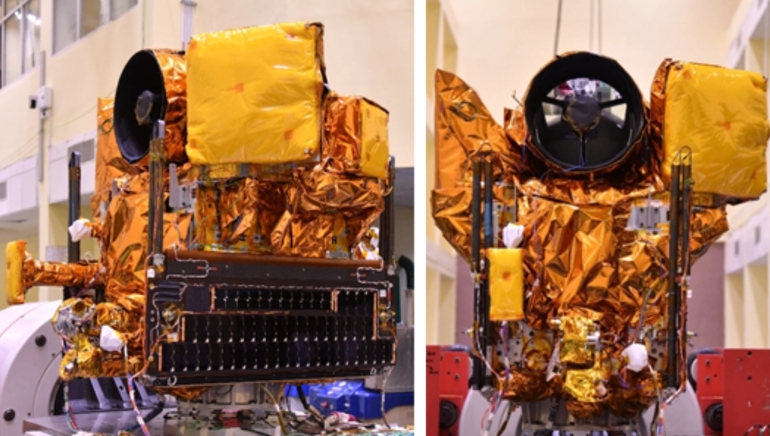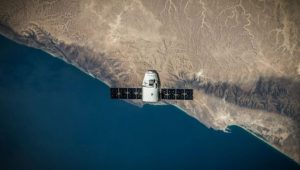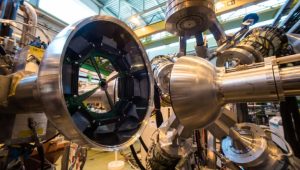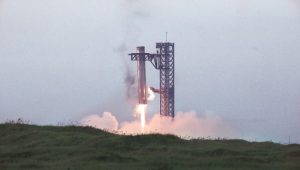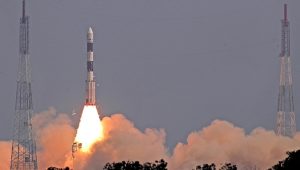The Indian Space Research Organisation (ISRO) is set to launch its Earth Observation Satellite, EOS-08, using the Small Satellite Launch Vehicle (SSLV)-D3. This mission represents the SSLV’s third developmental flight and demonstrates ISRO’s satellite technology and launch capability achievements.
The EOS-08 mission seeks to create a microsatellite with advanced payload instruments and novel technology for future satellites. EOS-08 is built on the Microsat/IMS-1 bus and carries three critical payloads.
The Electro-Optical Infrared Payload (EOIR) collects images in the Mid-Wave IR and Long-Wave IR bands for surveillance, disaster monitoring, fire detection, and environmental investigations. Uses GNSS-R remote sensing for ocean surface wind analysis, soil moisture evaluation, cryosphere research, flood monitoring, and inland waterbody identification. The SiC UV Dosimeter measures UV irradiance for the Gaganyaan Mission and serves as a gamma radiation alert sensor.
EOS-08, weighing roughly 175.5 kg, operates in a Circular Low Earth Orbit at 475 km height with a 37.4° inclination and has a one-year mission life. Key advancements include integrated avionics systems, X-band data transfer, and improved heat management. The SSLV provides a low-cost alternative for launching tiny satellites, meeting global demand for Earth observation, communication, and scientific research.





